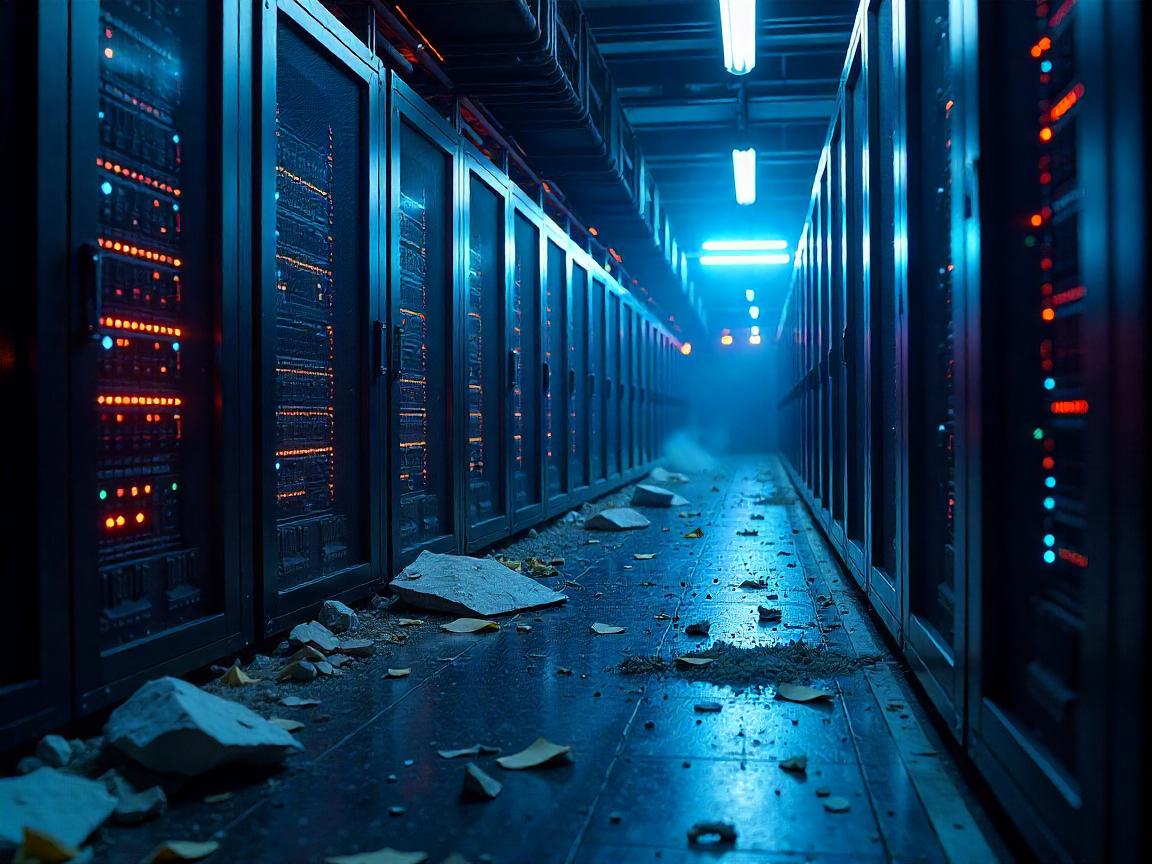
Introduction: The Silent Disruption Nobody’s Talking About
Imagine this scenario: A Fortune 500 organization is spending millions annually to operate a cavernous, power-hungry data center and then comes to the realization that it is slower, more costly and less adaptable than simply renting space in a colocation facility or taking workloads to the edge. Sound familiar? It should. The once proud data center spawn of enterprise IT is on life support. The hyperscalers (AWS, Azure, Google Cloud) have changed the rules and businesses are scrambling to keep up.
But it is not all about cost savings, it is a paradigm shift in the way we need to view infrastructure. The initial wave was the cloud. And edge computing and colocation are completing the task. What then is killing the traditional data center and what is next?
The Hyperscaler Effect: Why On-Prem Can’t Compete
So let us be frank: Operating your own data center in 2024 will be like producing your own power. Possible? Yes. Smart? Rarely. Hyperscalers with their economies of scale render on-prem infrastructure ancient history. AWS, Microsoft, and Google run data centres so optimised that they have made computing a utility.
Cost: Mid-sized enterprise data center costs 20-30M dollars per year (Uptime Institute), whereas cloud providers can save 30-50% due to dynamic scale.
Agility: Require 1,000 servers during a week? Hyperscalers fire them up within minutes. See if you can do that with hardware appliances.
Case Study: Dropbox’s Cloud Boomerang
A well-known example of a company that migrated off AWS to create its infrastructure is Dropbox in 2016; the company saved 75M dollars in two years. However, by 2021, they returned to AWS to do AI and analytics. Why? Flexibility. When innovation is traveling at cloud speed, hardware management is a distraction.
“The cloud won’t just eat your data center—it’ll eat your competitors if you’re not careful.”
— Dave Bartoletti, VP Analyst at Forrester
Colocation: The Best of Both Worlds?
Not all businesses can, or should, bet the farm on public cloud. Some workloads remain on-prem due to regulatory challenges, old applications, and security issues. Colocation (colo) is where companies pay to use space in third-party facilities (such as Equinix or Digital Realty) and they keep their servers.
Why It’s Exploding:
- Market Growth: Colocation will hit $117B by 2030 (Grand View Research).
- Latency: Colo facilities sit closer to cloud on-ramps, cutting delays.
- Hybrid Flexibility: JPMorgan uses colo + AWS to balance compliance with scalability.
The only snag is that Colo is not a magic bullet. You still administer hardware, only in a building that is owned by another person. To a lot of people, it is a reasonable compromise.
Edge Computing: Where the Real Revolution Is Happening
Edge computing is the second act no one expected if cloud was the first act. Why? Since 5G, IoT, and AI require processing in real-time. Self-driving vehicles, intelligent manufacturing plants, and augmented reality can not afford to make a round-trip to a centralized cloud.
The Edge Experiment at Walmart
Walmart placed micro-data centers at stores to do real time analysis of inventory. Result? A 40-percentage decrease in replenishment latency. That’s the strength of edge -computation at the point of generation.
“The future is not cloud OR edge, but rather cloud AND edge. The hyperscalers do the heavy lifting, the edge does the instant deciding.“
Matt Trifiro, the CMO of Vapor IO, has more to say about it:
The Dark Side: Security, Lock-In, and Skills Gaps
This change is not ever sunshine. There are three major risks:
- Security: Edge = increase attack surfaces. edge computing By 2025, 75 percent of enterprise data will be processed at the edge (Gartner). Hackers are sl Averageicaning their chops.
- Vendor Lock-In: Once you’re deep in AWS/Azure, leaving is painful (and expensive).
- Skills Shortage: The majority of IT teams are not prepared (trained) to work with distributed infrastructure.
Personal Insight:
I interviewed a CIO who had moved to colo–and found that his staff had no idea how to diagnose a cross-connect failure. Lesson? Talent cannot keep up with technology.
Conclusion: Adapt or Get Left Behind
Is the conventional data center dead then? Not all of them–a few will drag their feet over compliance or legacy applications. Most, however? The casket is nailed. Those who will achieve success will be the ones to adopt hybrid models: colo to control cloud to scale edge to speed.
Final Thought:
The new railroad barons are hyperscalers. They possess the songs. The question is–will they allow anybody to lay others anew?
Your Move:
- IT Leaders: Scan your system. Will edge/colo reduce expenses?
- Policymakers: Are hyperscaler monopolies something to fret about?
The revolution will not happen. It’s here. Now the only question is: On which side of the history will you find yourself?
